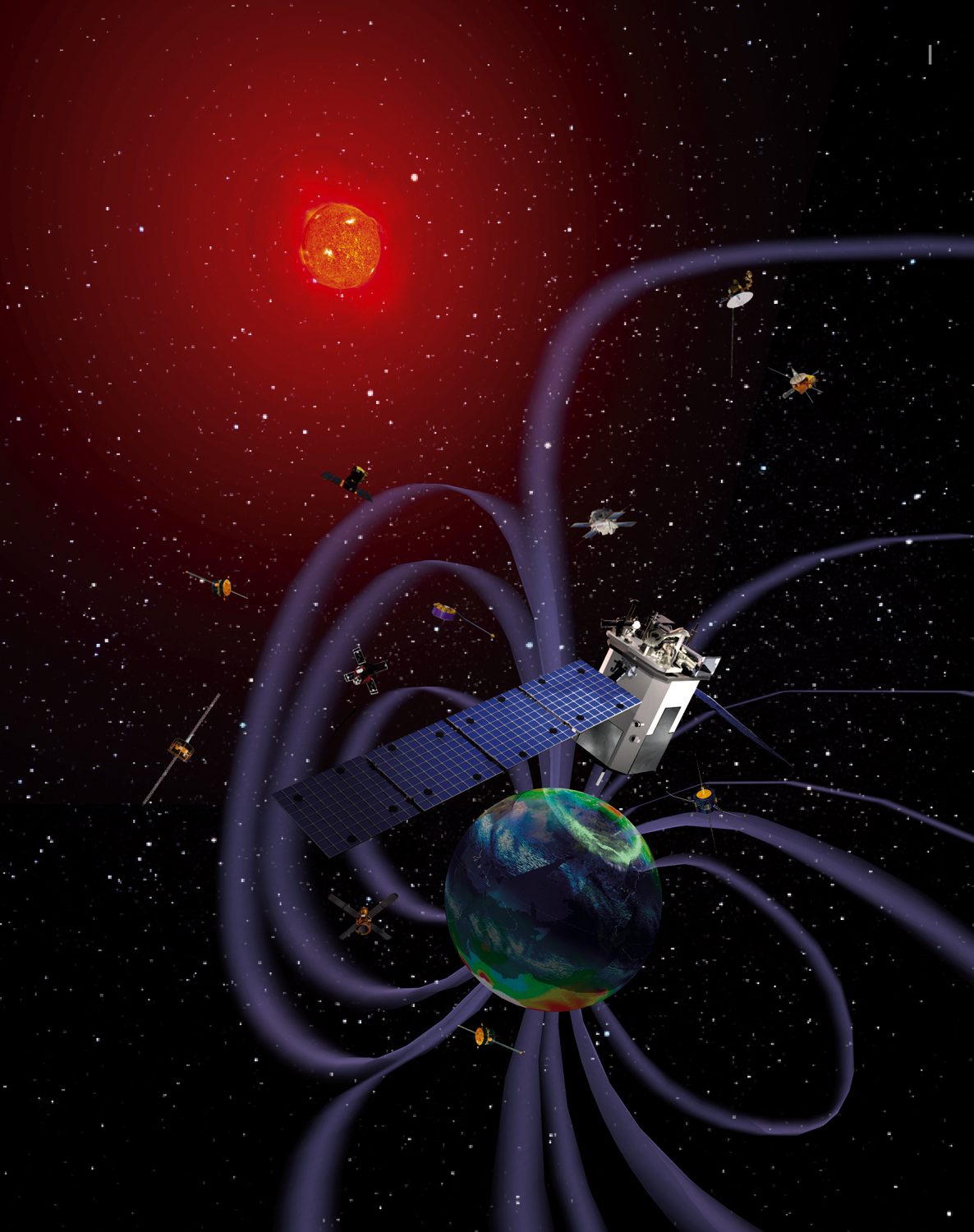Press Release
APL-Led TIMED Mission Extended for Second Time
Mon, 05/22/2006 - 10:14
Since its launch in 2001, NASA's TIMED (Thermosphere, Ionosphere, Mesosphere Energetics and Dynamics) spacecraft, built and operated by The Johns Hopkins University Applied Physics Laboratory (APL) in Laurel, Md., has been exploring one of Earth's last atmospheric frontiers, collecting valuable data during various phases of the solar cycle. The TIMED community will now have the opportunity to further its studies of Earth's atmosphere when the mission begins an extended campaign in October 2006 with operations and data analysis continuing through 2010.
The next phase of the mission will investigate the response of Earth's middle and upper atmosphere (the Mesosphere and Lower Thermosphere/Ionosphere, or MLTI) to solar and geomagnetic phenomena not previously separated during the last solar cycle. For the first time, TIMED scientists will obtain long-term measurements of the sun's activities and effects on the MLTI region. This will enable scientists to better understand this atmospheric region's variability and its effects on communications, satellite tracking, spacecraft lifetimes, degradation of spacecraft materials, and on the reentry of piloted vehicles.
TIMED also joins the Heliophysics Great Observatory — a collection of NASA's sun-Earth-focused missions. "TIMED is a key mission within the Great Observatory focusing on the combined sun-Earth effects on our planet's middle and upper atmosphere," says Sam Yee, TIMED project scientist from APL.
"During the next phase of our mission, we'll embark on new investigations to better understand the mechanisms leading to the escape of our upper atmosphere," Yee says. "Investigating the processes behind the loss of oxygen and hydrogen will help us understand the evolution of other planetary atmospheres including Venus and Mars.
TIMED's extended mission will bring insights into atmospheric evolution and perhaps the fate of Earth's atmosphere."
TIMED's continued study of solar effects on Earth's atmosphere will also help set the stage for future NASA Heliophysics missions, such as those within its Living With a Star program that focus on better understanding the sun's effects on life and society.
During the extended mission, managed by NASA Goddard Space Flight Center, APL will continue to lead the project's science efforts and manage the mission's Science Data Center.
For more information, visit http://www.timed.jhuapl.edu.
